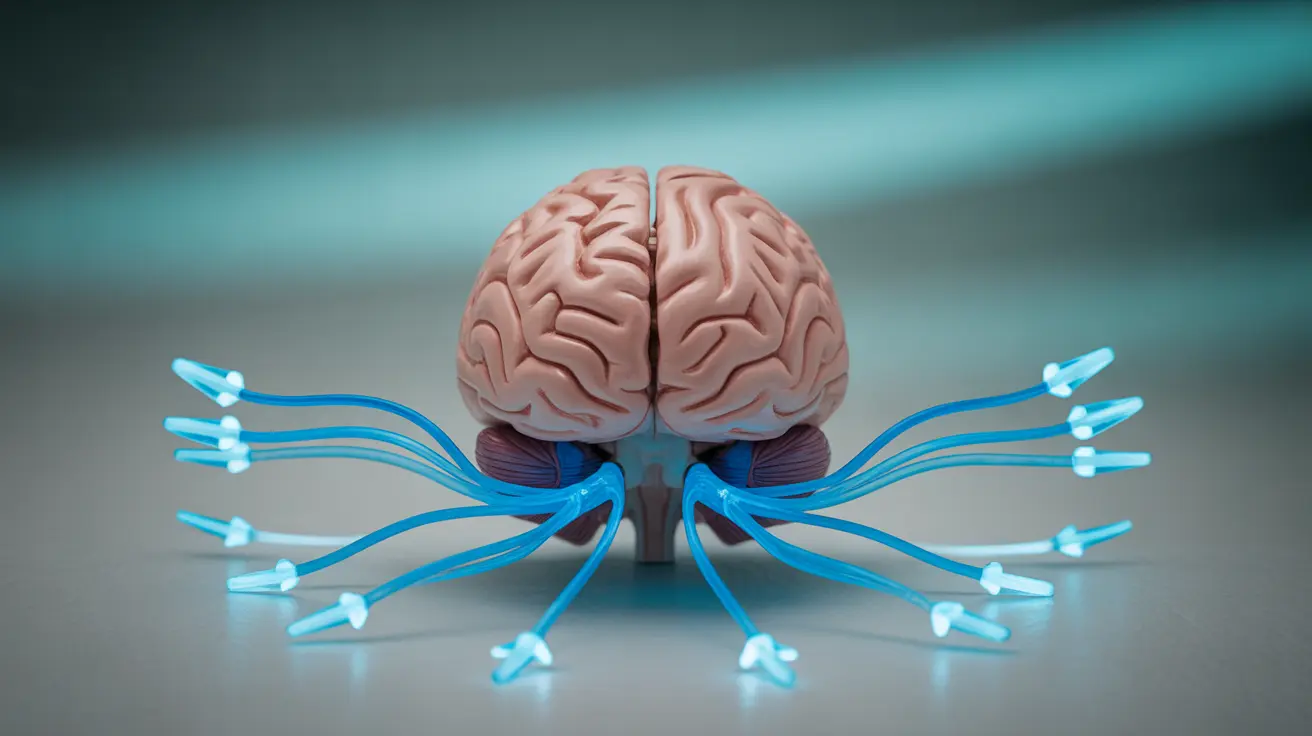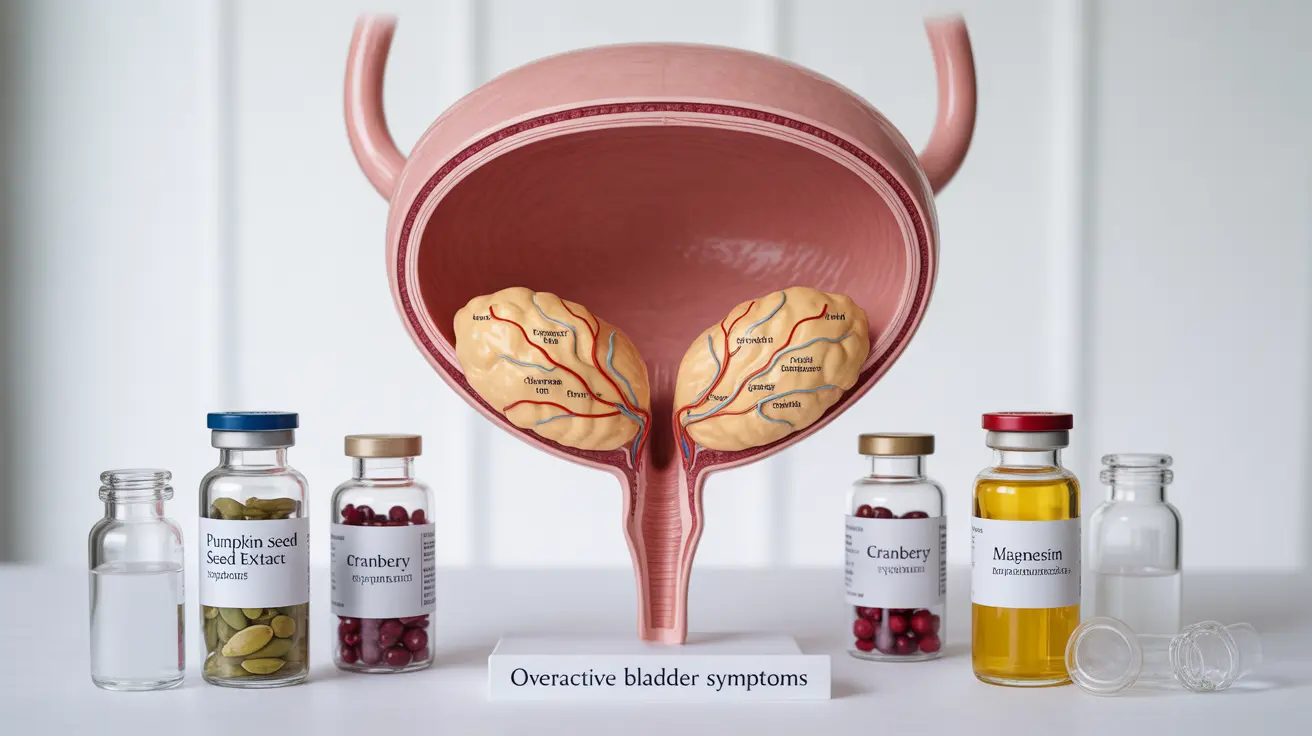When faced with an unexpected pimple, many people turn to household remedies in hopes of quick relief. One of the most persistent myths in skincare is the belief that applying toothpaste on pimple breakouts can effectively clear acne overnight. This practice has been passed down through generations and widely shared across social media platforms, but does it actually work?
While toothpaste might seem like a convenient solution that's readily available in most bathrooms, dermatologists and skincare experts strongly advise against this approach. Understanding why this popular home remedy can do more harm than good is crucial for anyone seeking safe and effective acne treatment.
The Origins of the Toothpaste Remedy Myth
The idea of using toothpaste as an acne treatment likely originated from the presence of certain drying agents in older toothpaste formulations. Decades ago, some toothpastes contained ingredients like triclosan, which has antimicrobial properties, leading people to believe these products could fight acne-causing bacteria.
However, modern toothpaste formulations have evolved significantly and are specifically designed for oral hygiene, not skincare. The ingredients that make toothpaste effective for cleaning teeth can be harsh and inappropriate for the delicate skin on your face.
Why Toothpaste Can Worsen Acne Problems
Rather than improving acne, applying toothpaste on pimple areas can actually exacerbate skin problems in several ways. The alkaline pH of most toothpastes disrupts the natural acid mantle of your skin, which typically maintains a pH between 4.5 and 6.5. This disruption can compromise your skin's protective barrier and create an environment where harmful bacteria thrive.
Additionally, toothpaste can cause excessive drying of the skin. While it might initially seem beneficial to dry out an oily pimple, over-drying triggers your skin to produce even more sebum as a compensatory mechanism. This increased oil production can lead to more clogged pores and additional breakouts.
Harmful Ingredients Found in Toothpaste
Several common toothpaste ingredients can cause significant skin irritation and damage when applied to facial skin. Sodium lauryl sulfate (SLS), a foaming agent present in many toothpastes, is known to be a skin irritant that can cause redness, burning, and peeling.
Fluoride, while beneficial for dental health, can trigger perioral dermatitis—a condition characterized by red, bumpy rashes around the mouth area. Whitening agents like hydrogen peroxide can bleach the skin and cause chemical burns, while abrasive particles designed to remove plaque can create microscopic tears in facial skin.
Menthol and other flavoring agents can cause contact dermatitis, leading to inflammation, swelling, and prolonged skin irritation that extends far beyond the original pimple area.
Professional Dermatologist Recommendations
Dermatologists universally discourage the use of toothpaste as an acne treatment due to its potential for causing chemical burns, allergic reactions, and long-term skin damage. The skin on your face is significantly more sensitive than the tissues in your mouth, making it particularly vulnerable to the harsh ingredients found in oral care products.
Medical professionals emphasize that effective acne treatment requires products specifically formulated for facial skin, with appropriate pH levels and clinically proven ingredients. Using inappropriate products like toothpaste can not only fail to treat existing acne but may also create additional skin problems that require professional intervention.
Safe and Effective Acne Treatment Alternatives
Instead of risking skin damage with toothpaste, several proven alternatives can effectively address pimple breakouts. Over-the-counter spot treatments containing benzoyl peroxide or salicylic acid are specifically formulated for acne treatment and are much gentler on facial skin.
Benzoyl peroxide works by killing acne-causing bacteria and helping to unclog pores, while salicylic acid provides gentle exfoliation to remove dead skin cells and reduce inflammation. These ingredients are available in various concentrations, allowing you to start with lower strengths to assess your skin's tolerance.
Natural alternatives include tea tree oil (when properly diluted), which has antimicrobial properties, or simple ice application to reduce inflammation and redness. Clay masks containing ingredients like kaolin or bentonite can help absorb excess oil without over-drying the skin.
Establishing a Proper Skincare Routine
The most effective approach to preventing and treating acne involves maintaining a consistent skincare routine tailored to your skin type. A gentle cleanser used twice daily, followed by a non-comedogenic moisturizer, forms the foundation of healthy skin maintenance.
For those with persistent acne issues, incorporating products with proven ingredients like retinoids, niacinamide, or alpha hydroxy acids can provide significant improvements over time. However, these should be introduced gradually and preferably under the guidance of a dermatologist.
When to Seek Professional Help
If you're dealing with persistent, severe, or cystic acne, professional dermatological treatment is essential. A qualified dermatologist can prescribe stronger topical treatments, oral medications, or recommend procedures like chemical peels or light therapy that are far more effective than any home remedy.
Additionally, if you've already experimented with toothpaste and are experiencing skin irritation, burning, or unusual reactions, discontinue use immediately and consult a healthcare professional for appropriate treatment.
Frequently Asked Questions
Does putting toothpaste on pimples help clear acne or make it worse?
Putting toothpaste on pimples typically makes acne worse rather than better. While toothpaste may initially appear to dry out a pimple, it disrupts your skin's natural pH balance, can cause chemical burns, and often triggers increased oil production. This leads to more clogged pores and additional breakouts, making the original problem worse.
What are the common side effects of using toothpaste on a pimple?
Common side effects include redness, burning sensation, excessive dryness, peeling, chemical burns, contact dermatitis, and perioral dermatitis around the mouth area. Some people may also experience allergic reactions, skin discoloration, and increased sensitivity. These effects can last days or weeks and may require medical treatment.
Why do dermatologists advise against using toothpaste as a treatment for pimples?
Dermatologists advise against using toothpaste because it's formulated for oral hygiene, not skincare. The harsh ingredients can damage the skin's protective barrier, cause chemical burns, and trigger inflammatory reactions. Facial skin is much more delicate than mouth tissues, making it particularly vulnerable to toothpaste's aggressive ingredients.
What ingredients in toothpaste can irritate or damage facial skin?
Problematic ingredients include sodium lauryl sulfate (SLS) which causes irritation, fluoride which can trigger perioral dermatitis, hydrogen peroxide which can cause chemical burns, abrasive particles that create microscopic tears, and menthol or flavoring agents that may cause allergic reactions and contact dermatitis.
What are safer and more effective alternatives to toothpaste for treating pimples?
Safer alternatives include over-the-counter spot treatments with benzoyl peroxide or salicylic acid, diluted tea tree oil, ice application for inflammation reduction, and clay masks. For persistent acne, consult a dermatologist for prescription treatments like retinoids or professional procedures that are clinically proven and specifically designed for facial skin.




